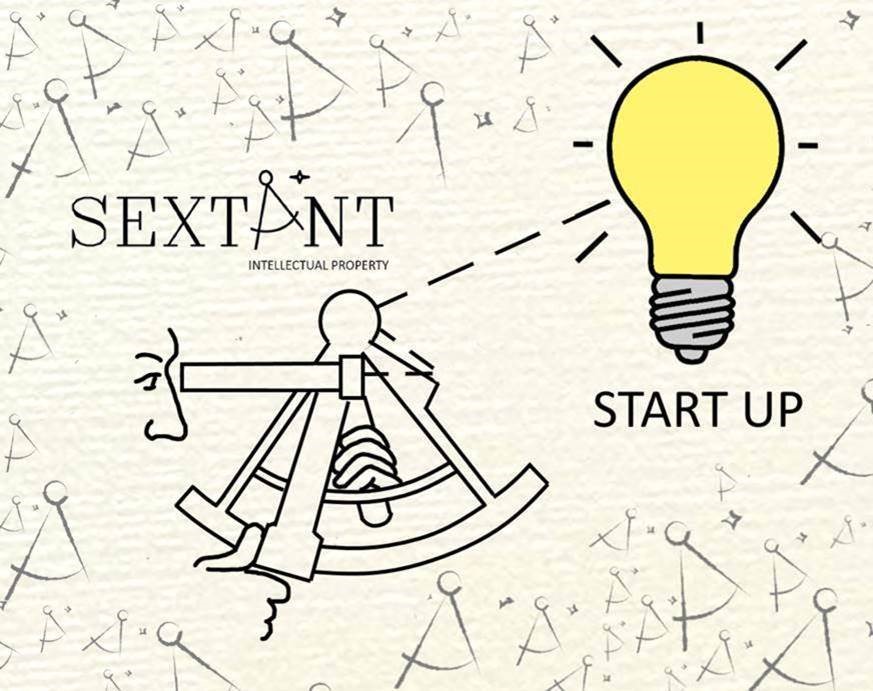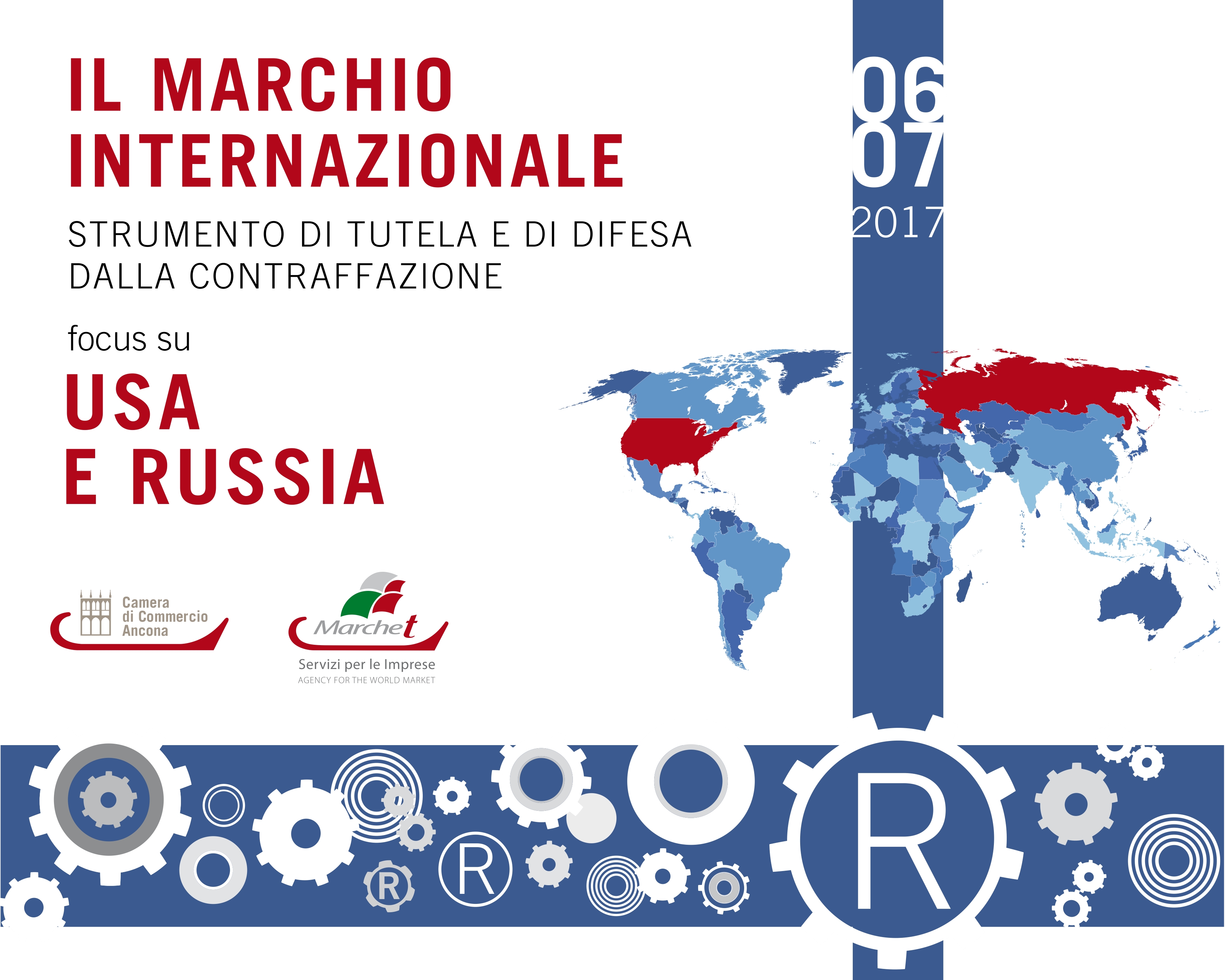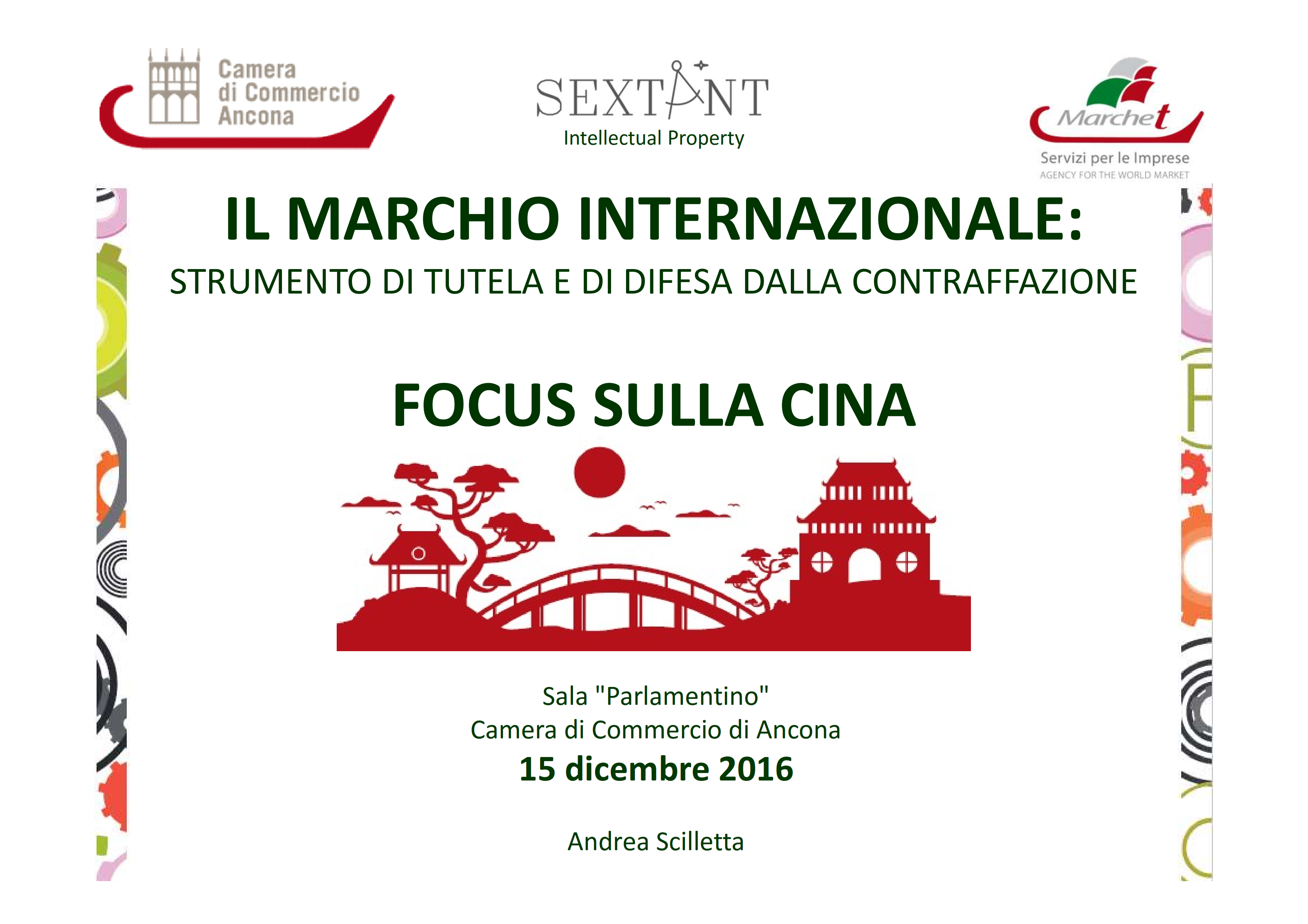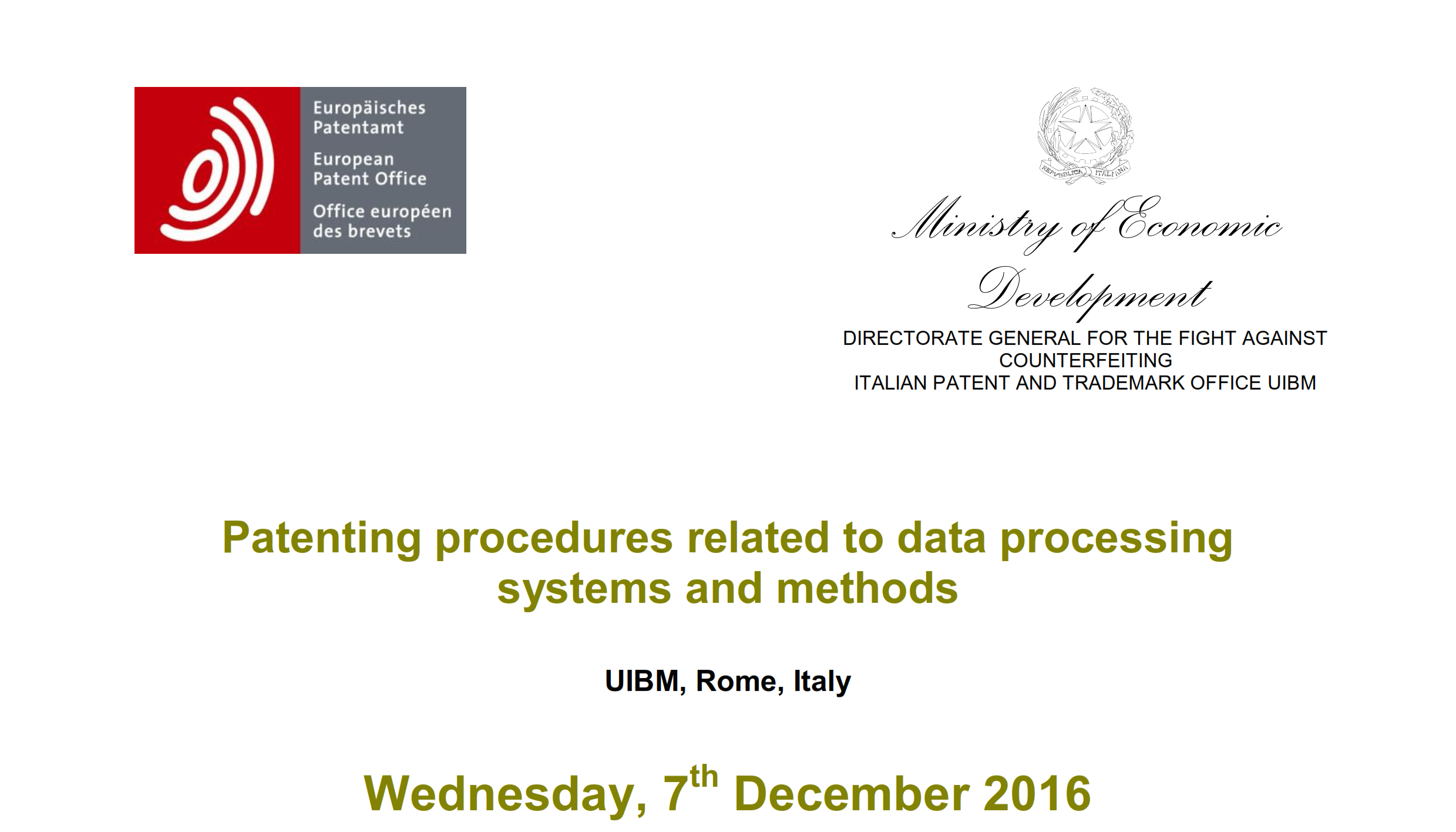
In a case concerning the issue of whether three products manufactured by the Actavis group of companies would infringe patent EP1313508 whose proprietor is Eli Lilly & Company, the UK Supreme Court has reformulated guidance on assessment of direct patent infringement by equivalents.
By excluding a literal infringement of the claims, the Court held that “the Protocol on the Interpretation of article 69 as amended in 2000 (“the Protocol”) is crucial to Lilly’s contention that the scope of protection afforded by the Patent extends to the Actavis products”.
“More specifically, two points appear to be clear from the Protocol. The first … is that the scope of protection afforded to a patentee is not to be limited by the literal meaning of the claims… I do not consider that the last part of the first sentence of article 1 only enables the description (ie the specification) and the drawings to be taken into account when interpreting the claims, in cases where the claims would otherwise be ambiguous. Any doubt about this must be put to rest by the second and third sentences… However, it is very hard to be confident how far they were intended to permit a court to go beyond the actual language of a claim when interpreting a claim. Secondly, it is apparent from article 2 that there is at least potentially a difference between interpreting a claim and the extent of the protection afforded by a claim, and, when considering the extent of such protection, equivalents must be taken into account, but no guidance is given as to precisely what constitutes an equivalent or how equivalents are to be taken into account”.
“Any patent system must strike a balance between the two competing factors referred to at the end of article 1 of the Protocol, namely “a fair protection for the patent proprietor [and] a reasonable degree of legal certainty for third parties””.
“A problem of infringement is best approached by addressing two issues, each of which is to be considered through the eyes of the notional addressee of the patent in suit, ie the person skilled in the relevant art. Those issues are: (i) does the variant infringe any of the claims as a matter of normal interpretation; and, if not, (ii) does the variant nonetheless infringe because it varies from the invention in a way or ways which is or are immaterial? If the answer to either issue is “yes”, there is an infringement; otherwise, there is not. Such an approach complies with … the Protocol… Issue (i) self-evidently raises a question of interpretation, whereas issue (ii) raises a question which would normally have to be answered by reference to the facts and expert evidence”.
“Issue (ii) involves not merely identifying what the words of a claim would mean in their context to the notional addressee, but also considering the extent if any to which the scope of protection afforded by the claim should extend beyond that meaning. As Sir Hugh Laddie wrote in his instructive article Kirin-Amgen – The End of Equivalents in England? (2009) 40 IIC 3, para 68, “[t]he Protocol is not concerned with the rules of construction of claims” but with “determining the scope of protection””.
“Issue (i)… involves solving a problem of interpretation… In the present case, there is no doubt that, according to normal principles of interpreting documents, the Actavis products do not infringe the Patent”
“However, the second issue poses more difficulties of principle: what is it that makes a variation “immaterial”?”
“the question is whether the variant achieves the same result in substantially the same way as the invention. If the answer to that question is no, then it would plainly be inappropriate to conclude that it could infringe. If, by contrast, the answer is yes, then it provides a sound initial basis for concluding that the variant may infringe, but the answer should not be the end of the matter”.
“the second question is better expressed as asking whether, on being told what the variant does, the notional addressee would consider it obvious that it achieved substantially the same result in substantially the same way as the invention … on the assumption that the notional addressee knows that the variant works to the extent that it actually does work. That… would be a fair basis on which to proceed in terms of balancing the factors identified in article 1 of the Protocol, and it is… consistent with the fact that the notional addressee is told (in the patent itself) what the invention does”.
“these questions are guidelines, not strict rules… while the language of some or all of the questions may sometimes have to be adapted to apply more aptly to the specific facts of a particular case, the three reformulated questions are as follows:
- i) Notwithstanding that it is not within the literal meaning of the relevant claim(s) of the patent, does the variant achieve substantially the same result in substantially the same way as the invention, ie the inventive concept revealed by the patent?
- ii) Would it be obvious to the person skilled in the art, reading the patent at the priority date, but knowing that the variant achieves substantially the same result as the invention, that it does so in substantially the same way as the invention?
- Would such a reader of the patent have concluded that the patentee nonetheless intended that strict compliance with the literal meaning of the relevant claim(s) of the patent was an essential requirement of the invention?
In order to establish infringement in a case where there is no literal infringement, a patentee would have to establish that the answer to the first two questions was “yes” and that the answer to the third question was “no””.









